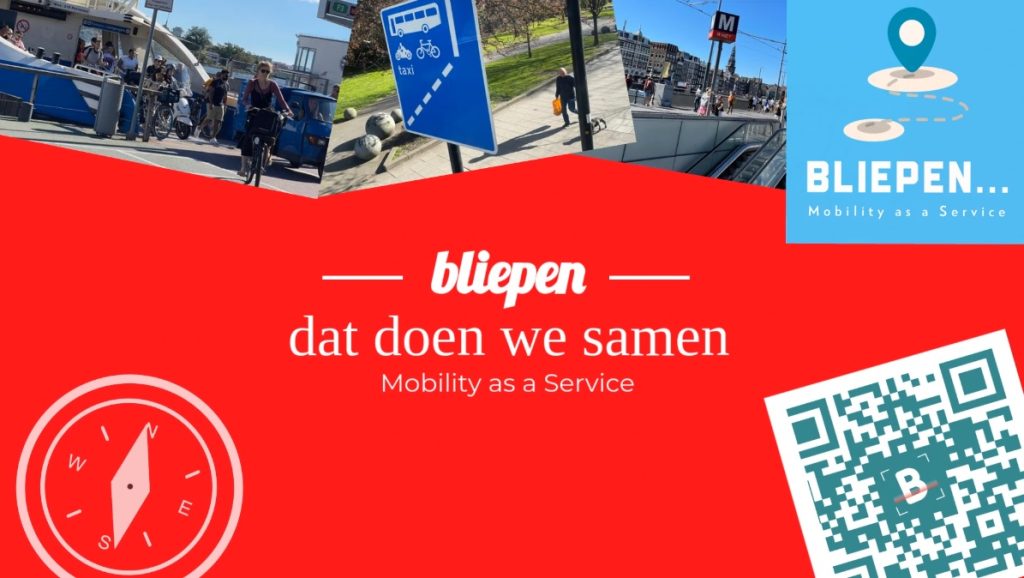We all like to think we are good drivers, but we also know that even the best of us make mistakes. People may be distracted, drowsy, or in any other condition that affects driving. And when people are not at their best, they may need help. To achieve Volvo's vision of a collision-free future, they examine all the reasons for a collision. Traditionally, they've focused on helping their cars better understand what's going on around them in order to protect the people in the car.
But to break new ground in protecting people, they need to go further – they need to improve the car's understanding of the driver's condition. That's why they're introducing the driver understanding system as standard in their EX90, which will be unveiled November 9, 2022. This real-time interior detection system is guided by a simple concept: if a Volvo car can understand when the driver is in a condition that is not optimal for driving, the car can ensure that action is taken to help prevent accidents . The system debuts in the EX90 and complements an advanced set of outdoor sensors.
“Our research shows that simply by observing what the driver is looking at and how often and for how long their eyes are closed, we can tell a lot about the driver's condition. By basing its calculations on our research results, the detection system allows our cars to determine if the driver's ability to drive is impaired, for example due to drowsiness, distraction or other causes of inattention, and provide additional assistance in a way that is best. appropriate to the situation”.
Emma Tivesten, Senior Technical Expert, Volvo Cars Safety Center.
The system uses its two cameras to pick up early signals indicating that the driver is not at his best, and observes the driver's eye movements. By measuring how much of the time the driver looks at the road, taking into account variations of course, the system understands when the driver's eyes, and therefore his thoughts, are on something other than driving. Does the driver pay too little attention to the road? That could be a sign that he is visually distracted, such as looking at his phone. Too many? That could be a sign of cognitive distraction, which could mean the driver is so lost in thought that he no longer registers what he's looking at.
The car's capacitive steering wheel also plays a role. It detects if the driver releases the steering wheel and thus checks the stability of steering input. By using our patented technology for real-time detection of eye movements and steering behaviour, the car will be able to take appropriate measures to assist the driver when needed. Help can begin with a simple warning signal that increases in volume with the severity of the situation. If the driver does not respond to increasingly clear warnings, the car can even safely stop at the side of the road and warn other road users with its hazard lights, according to the report. Volvo.
“We have made great strides in outside sensing over the past decades, thanks to our dedicated work on collision prevention systems. For us, indoor scanning is one of the following security limits. We will continue to develop and deploy new features step by step to help improve safety as our knowledge grows and evolves.”
Thomas Broberg, Acting Head of Volvo Cars Safety Centre.



